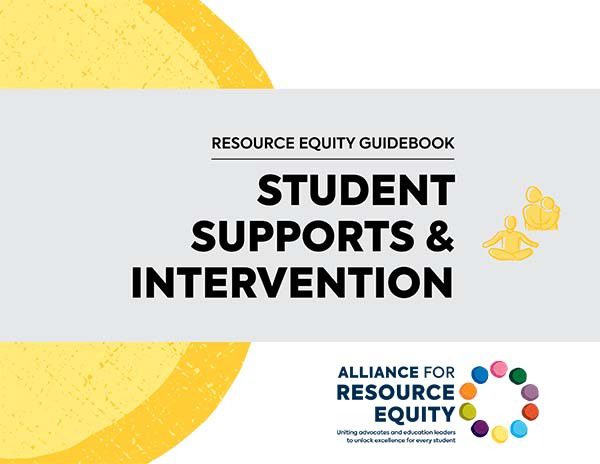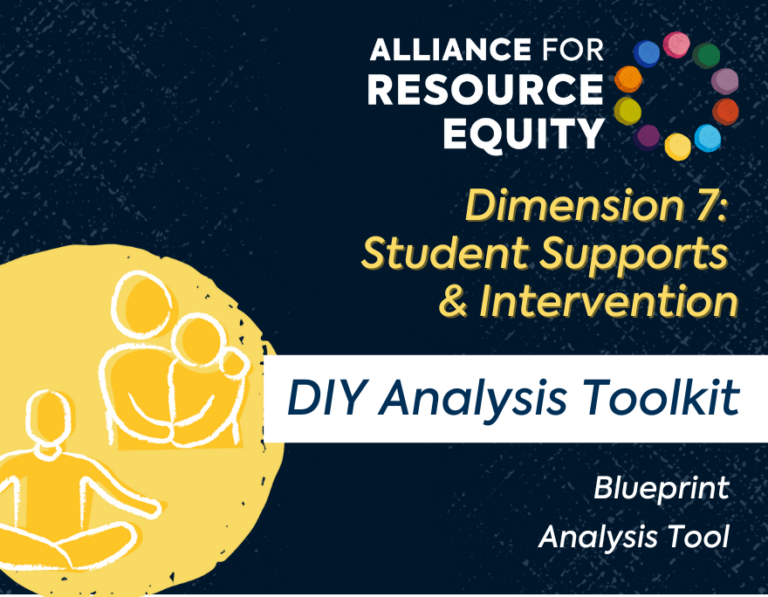Common Causes of Inequity
- Biased identification process: If obscure or biased systems for identifying and monitoring students’ needs are in place, schools in a district will struggle to provide appropriate non-academic supports for students.
- Insufficient staff capacity and expertise: Students may not have access to the staff and support services that would best meet their needs if hiring and professional learning practices are insufficient or if staff don’t have the expertise or time they need to effectively support students.
- Insufficient programs and practices: When schools do not have effective, culturally sustaining programs and practices embedded into the day-to-day functioning, it can be challenging to provide students with individualized supports.
Key Questions to Explore
- How does the student-to-staff ratio for school psychologists, social workers, nurses, and other social-emotional and health support staff vary across schools in our district?
- What data, processes, and routines exist to identify when students need targeted social-emotional, physical, or family support—and to connect them to the right support?
- How do schools in our district integrate college and career support across grade levels, including for students enrolled in vocational or career and technical education programs?
What Does the Data Say About Student Supports & Intervention?
Our interactive data resource will help deepen your understanding of how dimensions of resource equity like Student Supports & Intervention play out in schools and districts across the country. As you navigate these interactive stories, you’ll learn how system shifts can lead to more equitable and better student experiences and outcomes.
Student Supports & Intervention Resources
Related Dimensions
No single dimension of education resource equity can unlock every student’s potential—but when dimensions are combined to meet students’ distinct needs, they are a strong foundation for unlocking better, more equitable experiences in school.
Explore the Positive & Inviting School Climate dimension because climate is, in part, affected by the universal supports that are readily available to all students.




